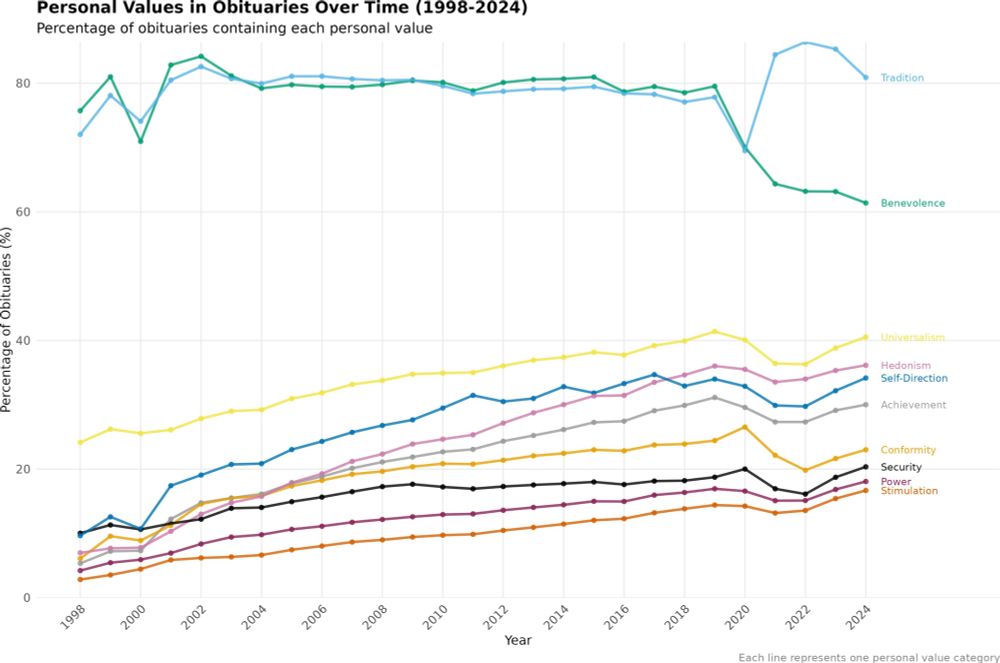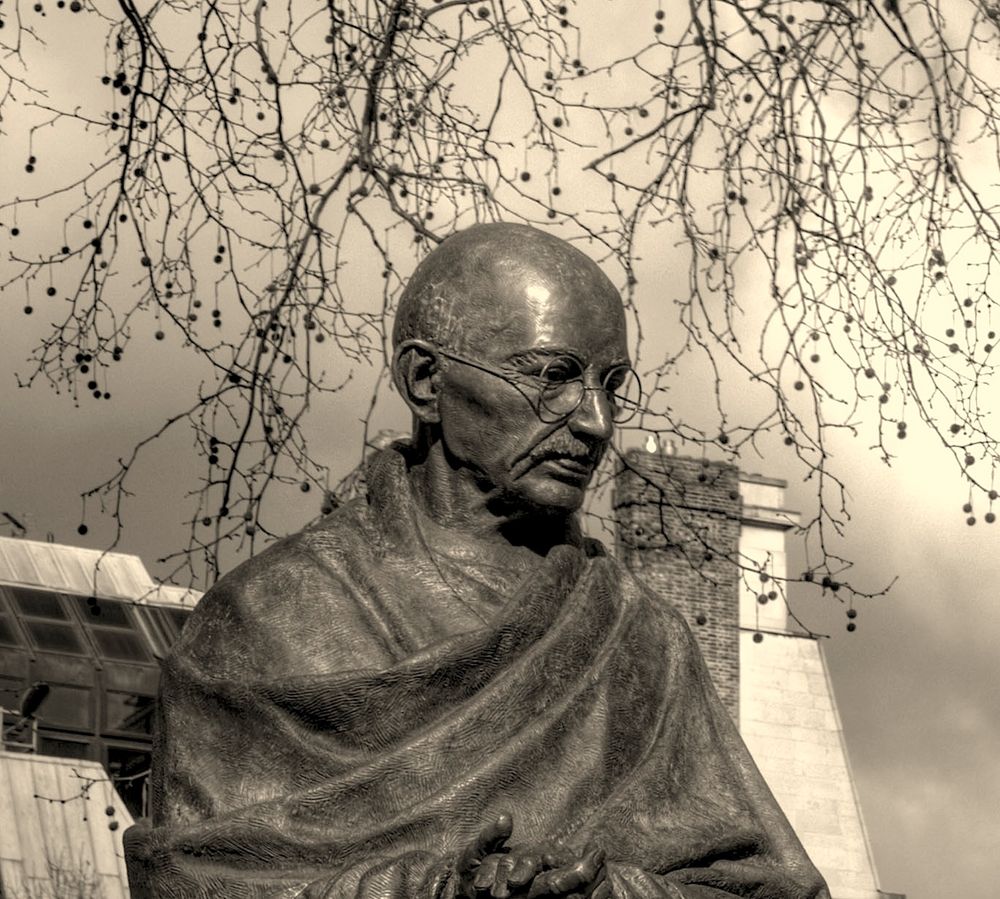Matan Mazor
@matanmazor.bsky.social
3.5K followers
250 following
530 posts
Post-doctoral research fellow in cognitive neuroscience (Oxford), interested in complex systems and in simple systems who believe they are complex systems
Posts
Media
Videos
Starter Packs
Reposted by Matan Mazor
Reposted by Matan Mazor
Reposted by Matan Mazor
Reposted by Matan Mazor
Reposted by Matan Mazor
Reposted by Matan Mazor
Reposted by Matan Mazor
Reposted by Matan Mazor
Matan Mazor
@matanmazor.bsky.social
· Sep 5
Matan Mazor
@matanmazor.bsky.social
· Sep 5
Matan Mazor
@matanmazor.bsky.social
· Sep 5
Matan Mazor
@matanmazor.bsky.social
· Sep 4
Matan Mazor
@matanmazor.bsky.social
· Sep 4












